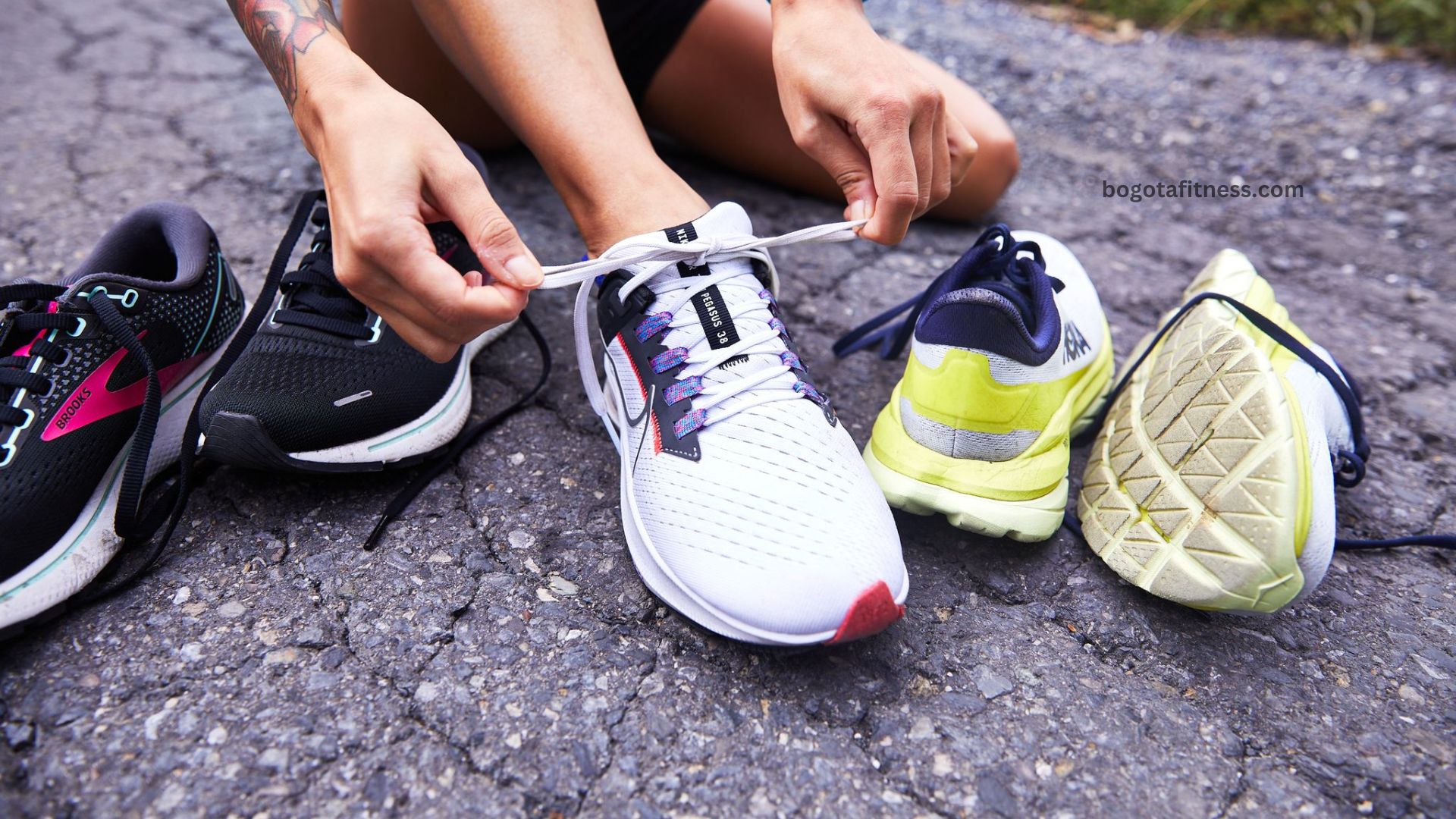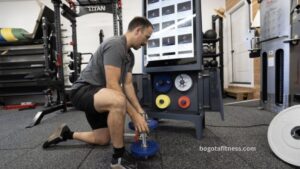Any neighborhood running store will greet you with hundreds of sneakers arranged in a colorful wall. It goes without saying that it’s difficult to choose the right shoe amid many options. Not every shoe fits you perfectly, which just serves to muddle things further. Whichever pair you select, it must fit comfortably with your standard running stride and be fitting from heel to toe.
Keep in mind that the majority of us these days prefer to shop online when deciding which running shoes to purchase. However, there’s an additional risk associated with that if you can’t try them on before you buy. Fortunately, a majority of stores provide a risk-free trial period, allowing you to proceed with putting on your shoes and taking a test run just like you would at the store. (Just make sure you read the return policy carefully, and keep the box handy in case you need to exchange sizes or send them back.)
We can assist you with both in-store and online shopping. Continue reading for an explanation of shoe anatomy, a list of typical shoe purchase errors, and our picks for the best shoes available right now in your preferred category.
How Your Shoes Should Fit
Every component of the running shoe serves a certain function and is made to fit the foot in a particular way. Your experience could be impacted by even the smallest difference. We’ve outlined the essential components of a running shoe so you can quickly recognize them and ensure that each fits your foot correctly before making a purchase. (For further information, see the anatomy of a running shoe.)
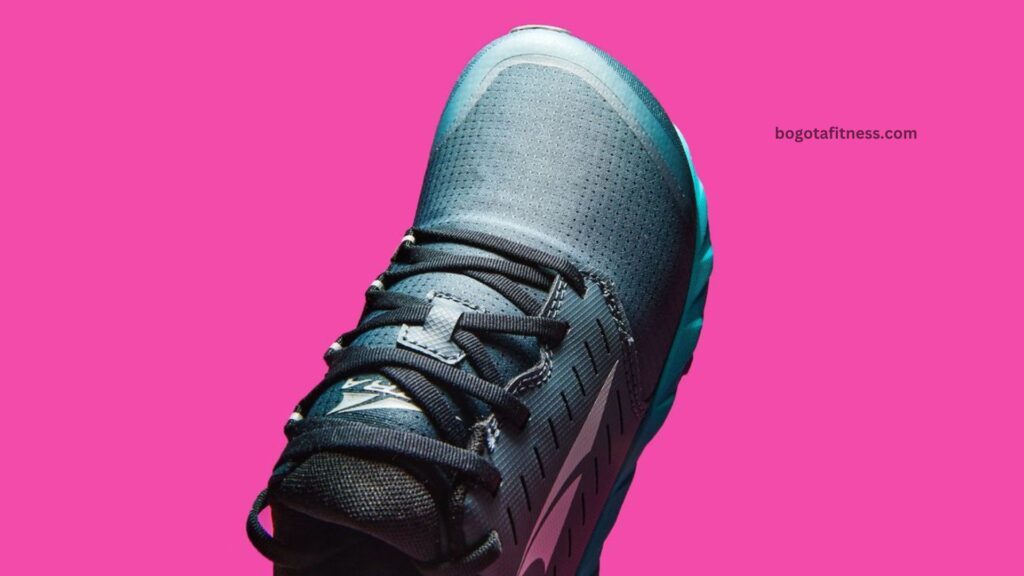
Your running shoe’s upper is made up of everything that is visible above the sole. In the past, shoe companies used sewing and adhesive to construct layers of mesh and cloth for their uppers. Contemporary iterations increasingly employ knitting and 3D printing to produce seamless one-piece fits that provide the right amount of elasticity and support when needed. Anywhere it touches, it should lay smoothly; it shouldn’t bunch, bind, or chafe.
The wrap at the top of the shoe opening that secures the heel in place is called the ankle collar. While some shoes cradle the ankle bone with considerable padding, others rely more on the shape. Keep an eye out for any heel slippage, how the padding feels against the side ankle bones, and whether the back’s curve aggravates your Achilles tendon.
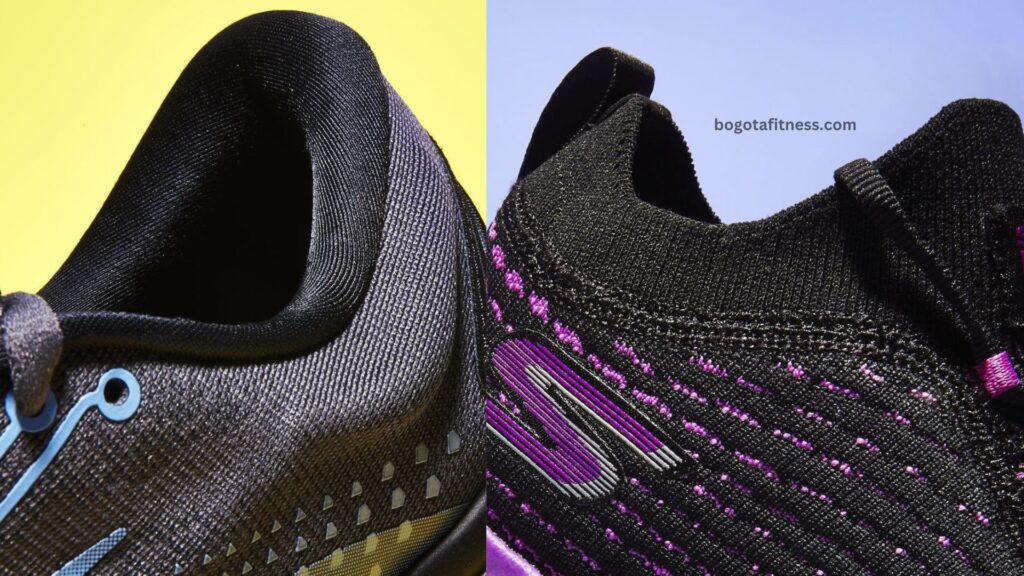
Your heel is supported and cradled by the heel counter, a semi-rigid cup that is nested inside the rearfoot. While more minimalist shoes have done away with the heel counter to provide complete movement, some shoes still retain an external heel wrap that performs a similar purpose. Heel counters center the heel for support and safe landings, but they do not control motion, according to research. (Heel counters are used by both stability shoes and neutral shoes.) Choose a heel that makes it easy to move your ankles.

The reinforced region surrounding the instep, or the arch of your foot between the ball and the ankle, is known as the saddle of the shoe. In order to keep the shoe firmly in place on the foot, a saddle works with the laces. To accurately fit any foot form, designers have created a wide range of overlays, eyelets, and lacing systems. Take note of how it fits and supports your foot, giving you a stable, non-slip experience while letting your arch naturally dominate your stride.
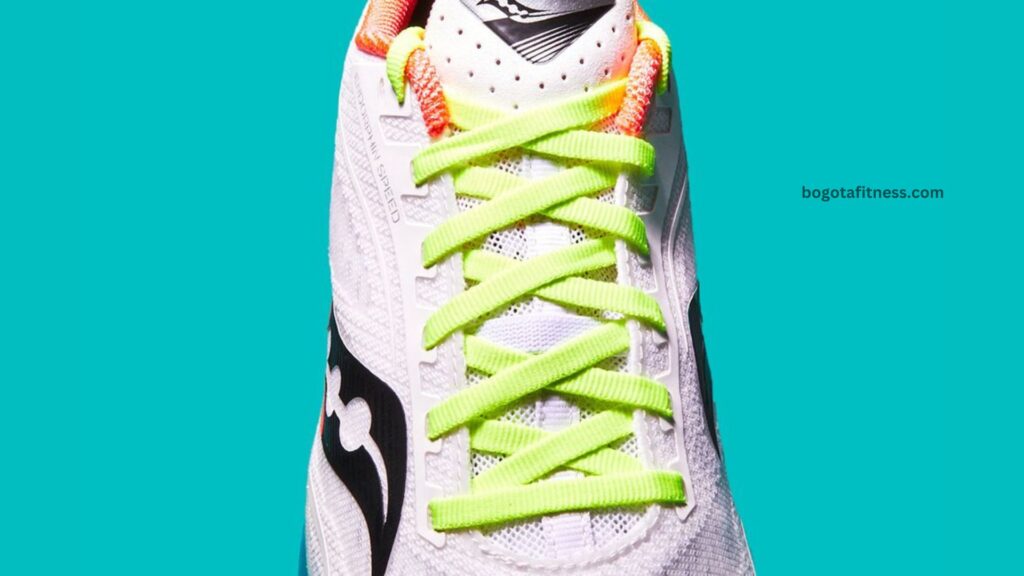
From the front of the eyelets to the tip of the shoe, the toebox includes the entire top. Especially in trail shoes, it’s frequently finished with a strengthened toe bumper that keeps the fabric off your toes and prevents stubbly feet. Seek for a roomy toebox that doesn’t obstruct your forefoot’s natural ability to bend and expand out in both width and length. Nor should it rub or cramp your toes—not even your little toe. Each finger should be allowed to move freely inside the shoe in an ideal situation.

Consider Your Running Surface
Where the rubber of your running shoe hits the pavement is on the outsole. It is frequently constructed from a range of rubber or foam compositions that are strategically arranged to improve flexibility, bounce, or wear life. Materials that complement your footprint form and give you the appropriate amount of stability underfoot, as well as traction and durability without adding unnecessary weight or stiffness.
Also Read: SMART DINING OUT: NUTRITIOUS RESTAURANT TIPS

Midsole Shape
Many shoes have flex grooves underneath the ball of the foot to allow the shoe to bend like your foot does. The foot can roll through the stride by turning the toe up, commonly known as toe springing, or by chopping the midsole into a rocker pattern. Tiny adjustments in position or angle can affect the mechanics and feel, as well as the ideal amount of flex as your stride lengthens and shortens. More forceful toe springs are typically found in rocker-style midsoles, which help the foot move forward quickly during the gait cycle. Seek out a shoe that can roll or flex to accommodate your foot’s natural motion at the speed you want to wear it.

The midsole, which is made of foam and sits between the upper and outsole, is intended to soften impact forces and direct the runner’s foot during the stride. Each runner will have different tastes. Select a midsole thickness and substance that feels appropriate for your running gait, fulfills your preferred firmness or softness level, and isn’t overly bulky.
Heel and Forefoot Cushioning
The midsole material called heel cushioning is intended to reduce the impact shock that results from a heel hit. Some shoes have a softer “crash pad” area on the outside of the foot or a rounder outer heel to help with landing softness in addition to using a range of cushioning materials. Heel cushioning is mostly a question of personal preference because research indicates that your body supplies most of the cushioning for your joints and that you land harder in shoes with more cushioning. A mix between ground feel, stability, and cushioning is probably what you’ll desire. Make a note of whether the shoe rolls smoothly into the stride and touches down where you anticipate it to during your test runs.
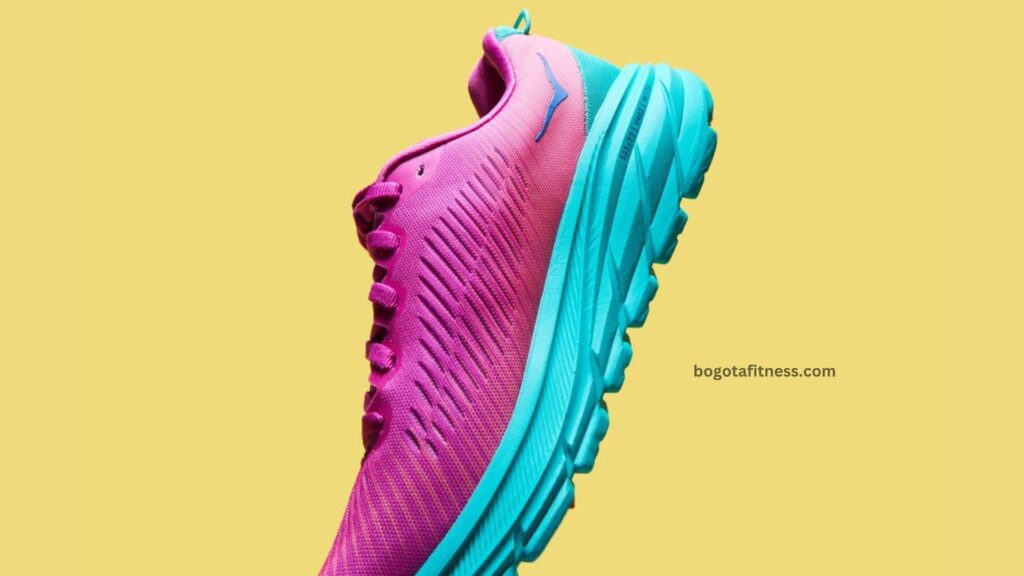
The purpose of forefoot cushioning is to lessen the force of the stride’s greatest forces, which are generated at the front of the foot during loading and pushoff. Forefoot shoe cushioning preserves the foot’s structures, whereas body mechanics generally cushion everything above the ankle. New “energy-return” materials and designs hold the potential to protect and accelerate your foot. Keep an eye on the responsiveness of the shoe and try to strike a compromise between a robust push-off platform and comfortable cushioning.
Heel-Toe Drop
When you stand in a shoe, the drop is the height difference between your heel and the ball of your foot. Experts argue on the significance of drop in relation to injuries (do you recall Vibrams?), but they do agree that modifying drop can change your stride by distributing forces differently to your foot and leg. Select a shoe that minimizes strain on any weak areas of your foot and feels good throughout the stride, from touchdown to toe-off. Shoes with zero drop, such as those manufactured by Altra, have the toe and heel placed equally above the ground.
Assess Your Gait and Running Style
A range of innovations, including medial posts, dual-density foams, varus wedges, guide rails, and larger shoe geometries, are employed by designers in an attempt to prevent the foot from moving excessively, especially when rolling inward or overpronating. While most persons do not require pronation support, certain runners seem to benefit from the use of control and stability aids to help them stick to their preferred gait. Rather than overcorrecting, your shoe should provide stability as support. You might prefer a shoe with more of these stabilizing elements if you overpronate.
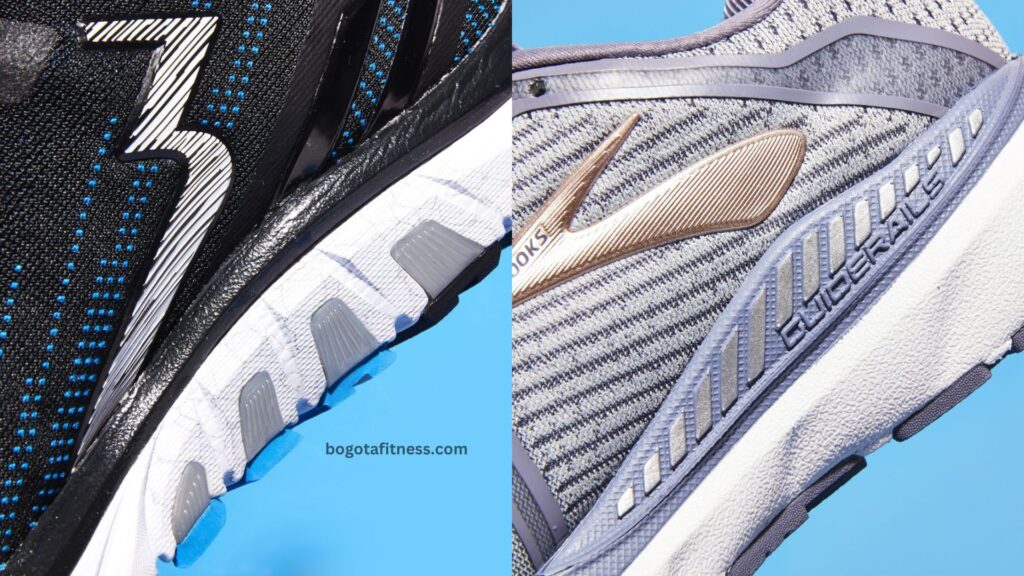
Try a New Insole
The detachable foam pad inside the shoe that conforms to the curves of your foot is called an insole or sockliner. It supplies the majority of what is commonly referred to as “arch support” in addition to shoe geometry, which gives the shoe its first step-in comfort. Pay attention to how the shoe feels when you’re running because the foot uses its own dynamic energy to produce support and cushioning, so softer isn’t necessarily better. Make sure your orthotic fits comfortably inside your shoe if you wear one.
Avoid Common Shoe-Buying Mistakes
When runners visit specialty running stores to purchase shoes, they frequently make the same mistakes. But now that you’ve read these five well-known store managers’ and owners’ tips, you won’t be.
Mistake #1: Buying for looks. Every guest we work with is encouraged to prioritize fit, comfort, and function over fashion. It is crucial to make sure the shoe is appropriate for your unique demands. It truly doesn’t matter how the shoe appears if it doesn’t work for you.— Philadelphia Runner Michael Zabrodski (Philadelphia, PA)
Mistake #2: Not asking for deals. “Ask if running club members are eligible for any discounts when it comes time to pay. The majority of specialty shops give discounts ranging from 10 to 20 percent; we give our neighborhood track club 10 percent. Joining it just $20, therefore your track membership is covered if you purchase two pairs of shoes.—Run For Your Life, by Tim Rhodes (Charlotte, NC)
Mistake #3: Buying shoes that are too small. Shoes that are too tight might cause blisters, black toenails, and other issues. Due to their tendency to be more self-conscious about the size of their feet, women in particular are accustomed to wearing shoes that are too tight. As we like to say, “Play the piano with your toes,” the fit should be slightly roomier in the forefoot—roughly half an inch—while still remaining neat.—Mike Johnson, San Diego, California’s Road Runner Sports
Mistake #4: Shopping at the wrong time of day. “People frequently tell us in the morning, ‘This is the shoe I need.'” “I wore them at 5 p.m. and they were too small,” they will then return the following day. Your feet swell in the morning and continue to do so until approximately 4 p.m. Always buy your shoes in the evening since that’s as big as they get.—Tish Borgen, Minneapolis, Minnesota’s Running Room
Mistake #5: Assuming your size. People often believe that an 8 in a Nike shoe will fit the same 8 in a New Balance shoe. However, variations in lasts (foot shapes), upper shapes, and shoe construction methods all contribute to size differences. Every time you make a purchase, have your feet measured, and make sure the shoes fit properly.—Johnny Halberstadt, Boulder, Colorado, co-founder of the Boulder Running Company
Some final tips:
- Visit a specialized running store rather than a department or big-box store. After assessing your motion, a salesman will present a variety of shoes they think will best suit your needs. They’ll let you test each one and assist you in selecting the best one.
- Measure your feet. Even though you may believe you know your size, the fit of one model may differ significantly from that of another due to changes in your foot over time.
- Bring the socks, insoles, and shoes you’ve been wearing with you when you go shopping. This manner, you can immediately relate the experience of trying on a new shoe to how you currently feel about it.
- Generally speaking, depending on the make and model, shoes should be replaced every 300 to 500 kilometers. Note when they start to feel worn out and record the date you acquired them in your training log. But some of the more recent high-end footwear might not hold up as well.

